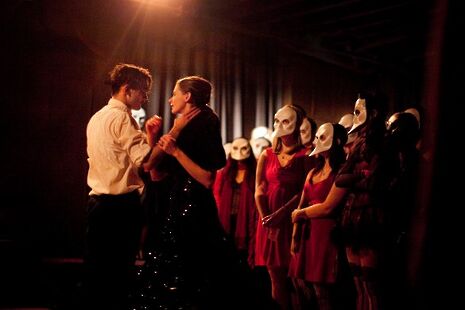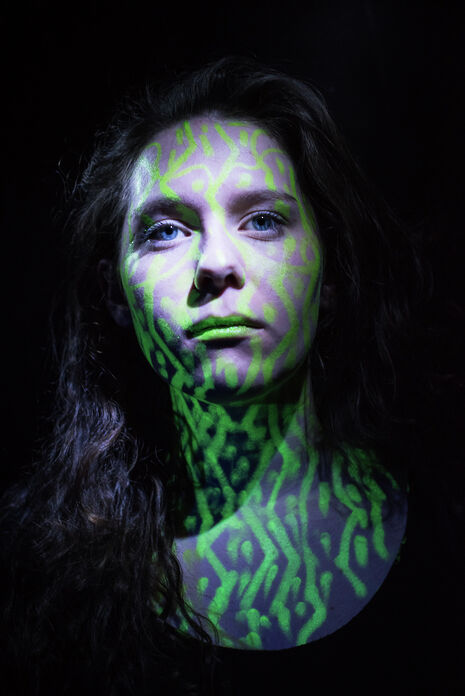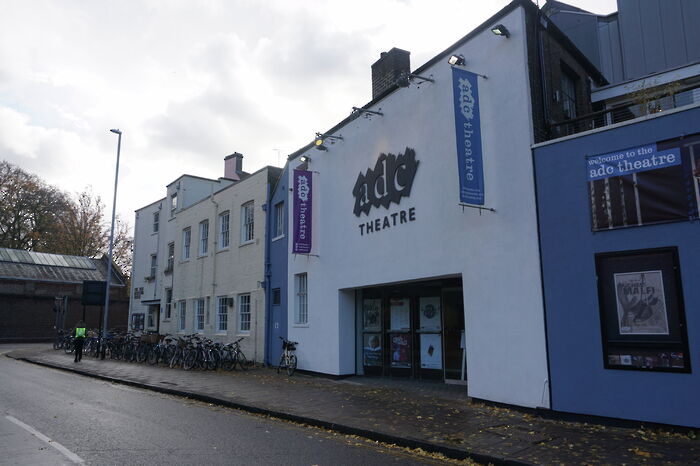The problem with immersive theatre
There seems to be something going wrong in immersive theatre, leaving the audience feeling like they missed a joke

With only a short time at the Fringe this year, I had to prioritise what shows I went to see. On the Fringe website, I was able to narrow my searches by topics of interest, topics like women, horror, and clowns (I have very broad interests). Among those choice selections was immersive theatre.
I love immersive theatre. I love how it makes you feel part of something, how it allows you to become part of and see the same story from all angles. It makes us close to the action and allows us to be truly removed from our life for a little bit. I am so excited for immersive theatre to make more of an impact on Cambridge theatre and the wider world.
Yet when I left Flight, the last show I saw at the Fringe, it felt like I’d missed a joke. While I enjoyed the immersive experience and the general spooky vibe, there was something deeply lacking in the performance. This illuminated for me the major flaw I had seen in other immersive plays like this, which before then I'd never been able to quite put my finger on. It’s actually basic one: these shows don’t have a substantive story line; I was missing a joke that wasn’t even being told.
Yet after making my way down to London to see it, I was left feeling cheated.
Immersive shows always tend to be technically impressive, almost to a fault. An example of a highly technical show with this problem was Somnai. You might have seen this advertised on Facebook with slogans like ‘may cause acute death’ (although that might have just been me; perhaps the Facebook ad algorithm decided I was interested in ‘acute death’). I was really excited about this show. The trailers for it made it look amazing, and included new elements I had never seen before, like smells being pumped into each room. Yet after making my way down to London to see it, I was left feeling cheated. It relied so heavily on impressive technical elements that it seemed to lack a sense of purpose for the audience.
You might assume a storyline is far too basic to be overlooked, but not having a real storyline of any kind leaves an audience just so painfully dissatisfied. This is not an argument to say that all plays have to ‘satisfy’ audiences, just that if they don’t exist it’s hard to feel anything about a play except ‘why’.

I know that I enjoyed aspects of these shows, the sensations they evoked, and the tones they created. But what is the point of a show that is meant to take you on a journey, is meant to remove you from your own life, and instead of doing this just quotes some Yeats at you, or tells you what a Schrödinger's cat is, as if being vaguely philosophical makes up for the effort of story?
This is not to say that all immersive shows will end up like this – but it seems to be a common failure. I have seen some really impressive immersive shows that don’t fail on this account, most notably (and probably the most famous still-running immersive show) Sleep No More, a version of Macbeth. This show is highly technical, and includes dancers but no script. It is unique in that it has a clearly massive budget, so the set is an entire hotel which you can either explore alone or by following one of the characters.
I was in an immersive production in Cambridge, one of Dylan Thomas’s Under Milk Wood. It remains probably my favourite production I have done in Cambridge. Under Milk Wood and Sleep No More have something in common: a pre-existing story line. If an audience found our production of Under Milk Wood confusing, it was because Dylan Thomas is confusing, and not because we had elastic bands on our faces.
For those who want to do immersive theatre, but think some huge budget is needed, this provides a great opportunity. If you have a coherent-enough story, and bring your audience with you in a creatively low-budget way, then you have done a better job than most of these shows with huge budgets. This is a great opportunity for student theatre, especially in Cambridge. When we did Under Milk Wood, it was in a Basement in Trinity, and it worked really well. There are a million impressive rooms that could transport the audience to a different world, and make for an amazing experience.
Embracing immersive theatre seems, at least to me, to be the next big step in modern theatre. There is great opportunity in it, and something which at the moment seems to be being overlooked by the misconception that it needs to have a high budget. I would encourage those who want are interested to try it: immersive theatre can give an audience a truly special experience when done correctly.
 Comment / Plastic pubs: the problem with Cambridge alehouses 5 January 2026
Comment / Plastic pubs: the problem with Cambridge alehouses 5 January 2026 News / Cambridge academics stand out in King’s 2026 Honours List2 January 2026
News / Cambridge academics stand out in King’s 2026 Honours List2 January 2026 News / Cambridge businesses concerned infrastructure delays will hurt growth5 January 2026
News / Cambridge businesses concerned infrastructure delays will hurt growth5 January 2026 News / AstraZeneca sues for £32 million over faulty construction at Cambridge Campus31 December 2025
News / AstraZeneca sues for £32 million over faulty construction at Cambridge Campus31 December 2025 Interviews / You don’t need to peak at Cambridge, says Robin Harding31 December 2025
Interviews / You don’t need to peak at Cambridge, says Robin Harding31 December 2025









